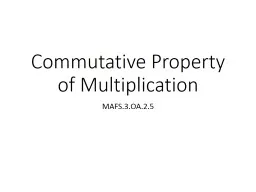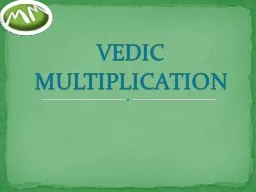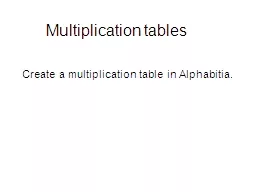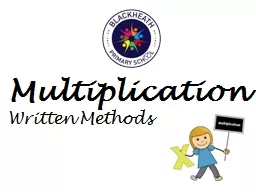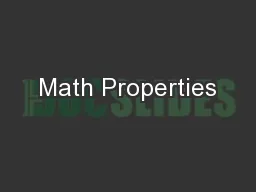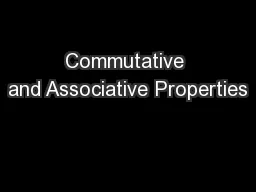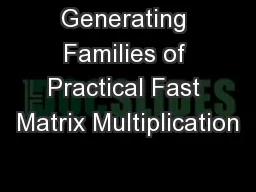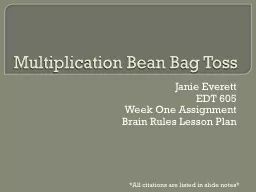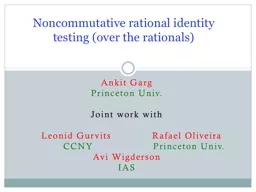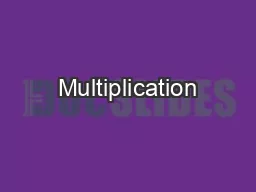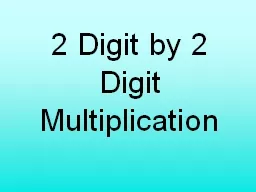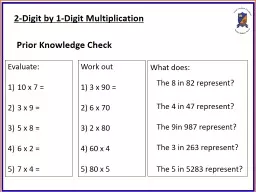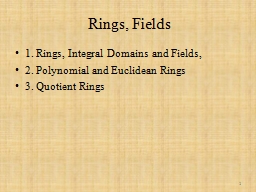PPT-Commutative Property of Multiplication
Author : olivia-moreira | Published Date : 2016-03-05
MAFS3OA25 Commutative Property of Multiplication In Ms Adamss classroom library she has 5 rows of bookshelves with 3 books on each shelf as shown below Commutative
Presentation Embed Code
Download Presentation
Download Presentation The PPT/PDF document "Commutative Property of Multiplication" is the property of its rightful owner. Permission is granted to download and print the materials on this website for personal, non-commercial use only, and to display it on your personal computer provided you do not modify the materials and that you retain all copyright notices contained in the materials. By downloading content from our website, you accept the terms of this agreement.
Commutative Property of Multiplication: Transcript
Download Rules Of Document
"Commutative Property of Multiplication"The content belongs to its owner. You may download and print it for personal use, without modification, and keep all copyright notices. By downloading, you agree to these terms.
Related Documents

